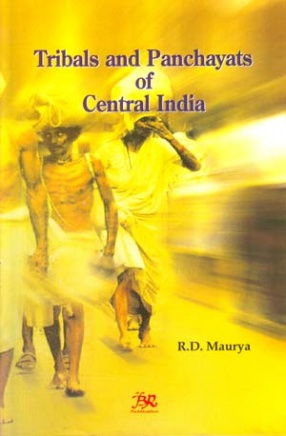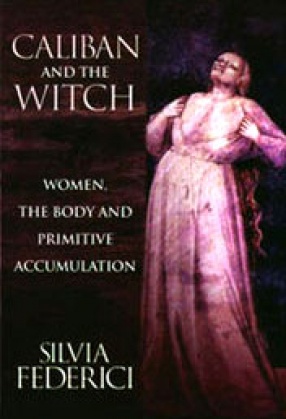This book, comprising eight chapters, tries to address the issues of tribal self-governance and emerging dimensions of relationship between traditional tribal panchayats and new Panchayat Raj institutions after the introduction of 73rd Constitutional Amendment Act 1993. The findings and conclusions of the book is based on the empirical data which was generated by intensive and extensive field-work and close interaction and observation of tribals of Baster and Jhabua districts of united Madhya Pradesh. This book also try to examine the pattern of relationship and functional linkages between traditional panchayat of tribals and new Panchayat Raj institutions. It has also analysed the areas of cooperation and conflict between traditional and new Panchayat Raj leadership.
The traditional system of governance had undergone a drastic change in Jhabua district. After the independence the dynastic rule and their agent i.e. Thikanedars had been dislodged from the power position. However, at village level tribal traditional panchayats still functional and playing an important role in self-governance system of the tribal community in Jhabua district. In Bastar district the structure and nature of tribal panchayats are different from Jhabua district. The tribals of Bastar district had strong cohesive political structure of which the ruler of Bastar who was also the Chief Priest of the Goddess Danteshwari, the presiding deity of tribals, is regarded as the political head. Chapter 6 of this deals with the issue of women participation in new Panchayat Raj institutions and its impact on their socio-economic development. It also analyse the impact of Panchayat Raj on development and empowerment of tribals of central India.





There are no reviews yet.